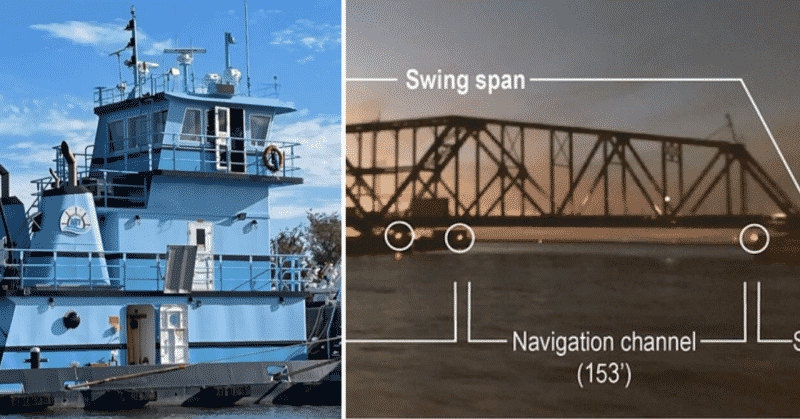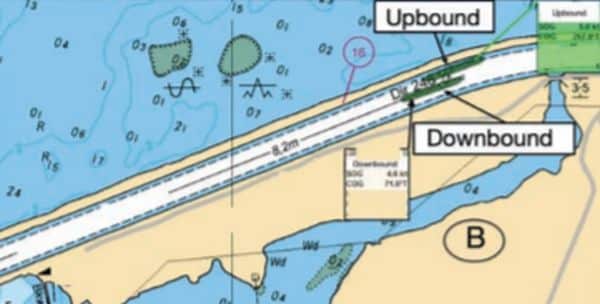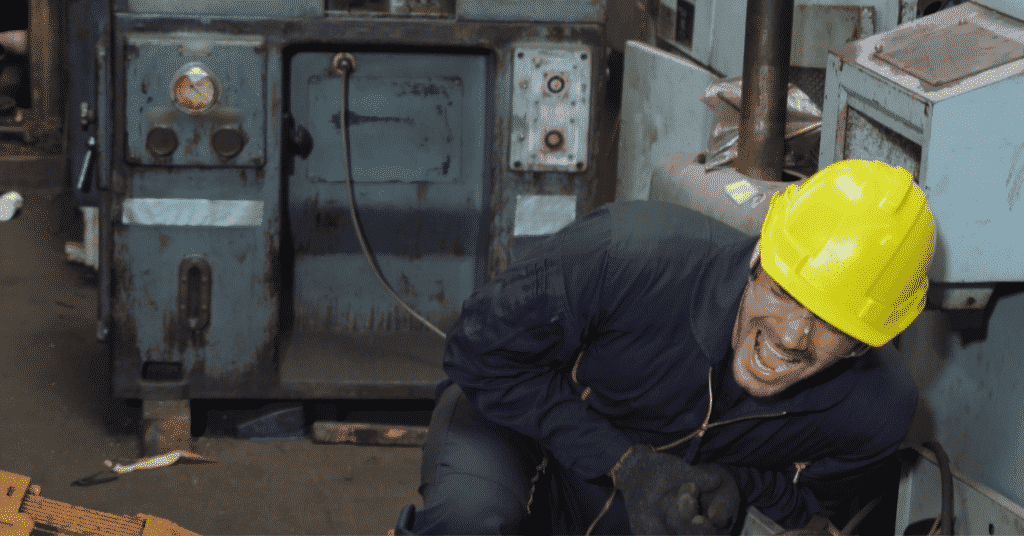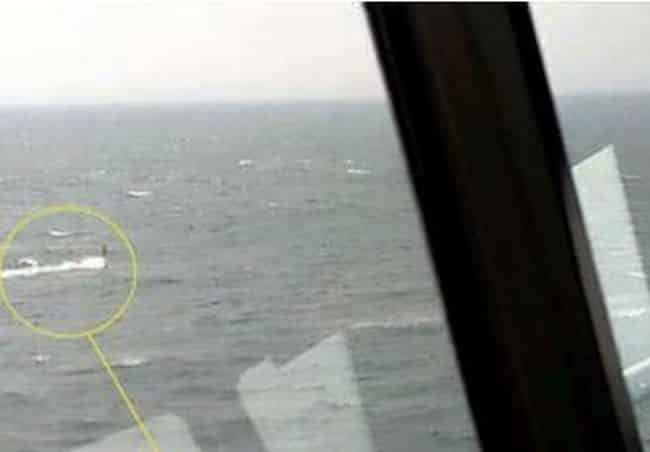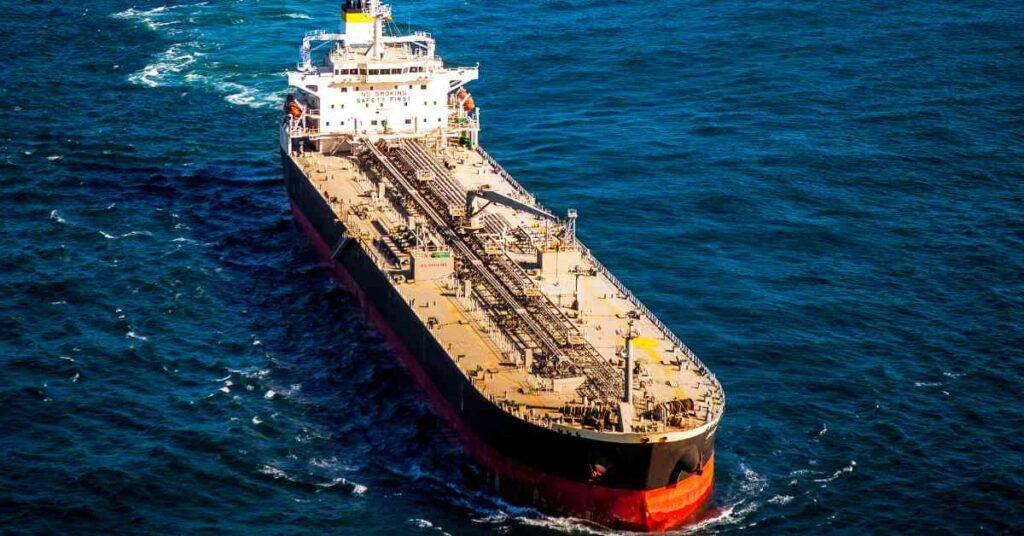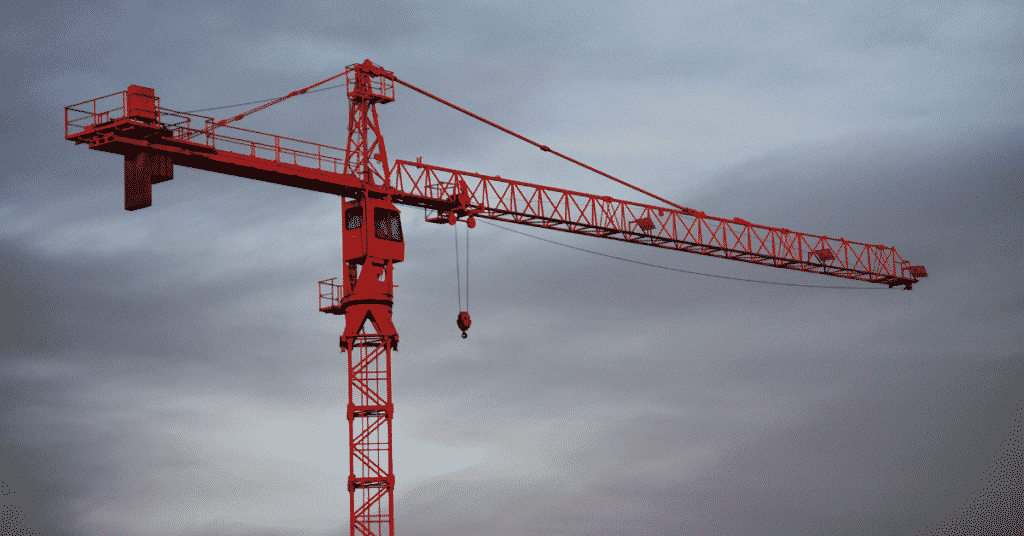Real Life Incident: Collision Of Vessels Leads To Damages Of Over $1 Million
In darkness, a coastal service containership was leaving port under the Master’s con. There was no pilot, as the Master had a pilot exemption certificate.
In addition to the Master, there was also an OOW on the bridge and a helmsman at the wheel. The Master reported the vessel’s departure to vessel traffic services (VTS). The report was received but VTS did not give the status of traffic in the port.
The vessel’s speed was set at near 12 knots, in accordance with port speed rules.
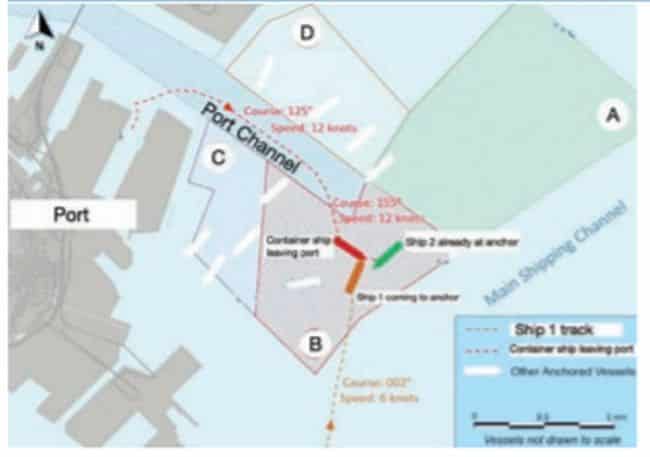
As the vessel approached the end of the secondary port channel, the Master altered course from 125° to 155° to join the main shipping channel and proceed in a southerly direction.
The course would take him across the area between the secondary port channel and the main shipping channel, which was a designated anchorage area (A, B, C & D).
Not only were there several ships already at anchor in this area but another vessel, ‘Ship 1’, was making way at about six knots from the south on a course of 002° and preparing to let go the anchor.
The Master’s intention was to pass starboard to starboard with the approaching Ship 1 and between two other anchored vessels, one of which is ‘Ship 2’ (see diagram).
The bridge team on Ship 1 assumed the outbound ship would join the main shipping channel to the north. But as they closed they saw the outbound vessel altering to starboard.
There were no radio communications between the two vessels at any time, but ‘Ship 1’ sounded the warning signal with the ship’s horn several times.
By now the outbound container vessel had come to port and it was obvious a collision would occur. Both vessels’ bridge teams took evasive actions but to little effect.
The outbound vessel hit the inbound and then careened off and collided with the anchored ‘Ship 2’ as well. No injuries were reported, but damages to all three vessels were over $1 million.
Lessons learned
- Every time you assume action will be taken by another party without verifying directly with them, the door to a potential accident is opened. In this case, both Masters assumed incorrectly what the other’s intentions were.
- Even had these vessels confirmed their actions ahead of time, the space between the two anchored ships left little room for error for the two meeting ships. Given this fact and the darkness, the decision of the outbound vessel’s Master to pass between the two anchored vessels was not the best one.
- In a crowded and busy port, best practice would dictate that you should be informed ahead of time of the movements and intentions of other vessels.
- Speed, as cited in 202061, was not excessive at 12 knots but given the extreme congestion in this port and darkness, why not proceed at six knots to exit? This would give twice as much time to assess the situation and act accordingly.
Reference: nautinst.org
Do you have info to share with us ? Suggest a correction
About Author
Marine Insight News Network is a premier source for up-to-date, comprehensive, and insightful coverage of the maritime industry. Dedicated to offering the latest news, trends, and analyses in shipping, marine technology, regulations, and global maritime affairs, Marine Insight News Network prides itself on delivering accurate, engaging, and relevant information.

About Author
Marine Insight News Network is a premier source for up-to-date, comprehensive, and insightful coverage of the maritime industry. Dedicated to offering the latest news, trends, and analyses in shipping, marine technology, regulations, and global maritime affairs, Marine Insight News Network prides itself on delivering accurate, engaging, and relevant information.
- Real Life Incident: Vessel Collision in Good Visibility
- Real Life Incident: Severe Injury To Deck Crew While Leaving Berth
- Real Life Incident: Departure Damage in Very Restricted Waterway
- Real Life Incident: Low Situational Awareness Has High Impact Consequence
- Real Life Incident: Fouled Anchor in a Designated Anchorage
- Real Life Incident: Fire On Barge Carrying Scrap Metal Causes $7 Million Worth Of Damage
Latest Case studies Articles You Would Like:
Subscribe To Our Newsletters
By subscribing, you agree to our Privacy Policy and may receive occasional deal communications; you can unsubscribe anytime.










